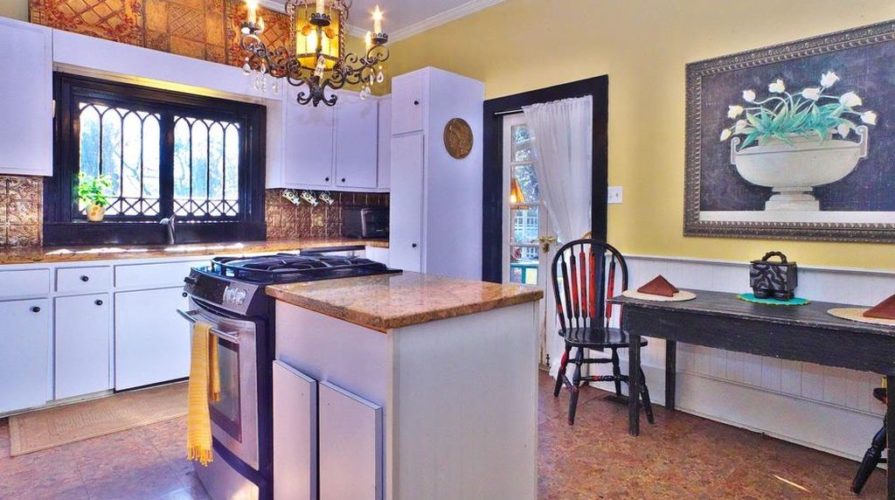Table of Content
The business of spring bathing became important for Wiesbaden near the end of the Middle Ages. During the war, Wiesbaden was, between August 1940 and the end of 1942, bombed by the Royal Air Force and from 1943 through to March 1945, was attacked by both RAF and United States Air Force bombers on 66 days. In the attacks, about 18% of the city's homes were destroyed. During the war, more than 25% of the city's buildings were damaged or worse and 1,700 people were killed. In the Austro-Prussian War of 1866, Nassau took Austria's side. After the Austrian defeat, Nassau was annexed by Prussia and became part of the Prussian province of Hesse-Nassau.

The town also appears as Mattiacum in Ptolemy's Geographia (2.10). The Roman Empire built the Limes Germanicus, which was a line of Roman frontier fortifications in the Taunus. As of June 2020, it had 290,955 inhabitants, plus approximately 21,000 United States citizens . The Wiesbaden urban area is home to approximately 560,000 people. Wiesbaden is the second-largest city in Hesse after Frankfurt am Main.
Airports
The estimated energy costs and savings take into account typical usage and costs at a given point in time for a specific model of home in a specific location. Actual savings will vary and will depend on many variable factors and a change in any of these variables or assumptions could result in reduced cost savings or higher energy costs. Such variables include, but are not limited to, homeowner behavior, actual utility usage and consumption, the fluctuating cost of energy, actual weather conditions, and home and equipment maintenance over time. Ryan Homes does not guarantee or warrant actual energy costs or cost savings. The city's public transportation service ESWE Verkehr connects all city districts to downtown by 45 bus lines in the daytime and 9 bus lines in the night. Five more bus lines, operated by the public transportation service of the city of Mainz, connects Wiesbaden's districts Kastel and Kostheim to Mainz downtown.
In 1936, Fighter Squadron 53 of the Luftwaffe was stationed here. The period around the turn of the 20th century is regarded as the heyday of the city. Kaiser Wilhelm II visited the city regularly in summer, such that it became an unofficial "summer residence". In the wake of the imperial court, numerous nobles, artists, and wealthy businessmen increasingly settled in the city. Many wealthy persons chose Wiesbaden as their retirement seat, as it offered leisure and medical treatment alike. In the latter part of the 19th century, Wiesbaden became the German city with the most millionaires.
International May Festival
Since 1945, the building has served as Landtag for the state of Hesse. The site of the palace had been that of a castle, probably from the early Middle Ages, around which the city had developed. While nothing is known of the former castle, remains of it were uncovered during excavations after World War II. General Ludwig Beck from Wiesbaden was one of the planners of the July 20, 1944 assassination attempt of Adolf Hitler. Beck was designated by his fellow conspirators to be future Head of State after elimination of Hitler.
This 1,000 meter-long street is named after Duke William of Nassau , not Emperor Wilhelm II, as many mistakenly believe. The Wiesbadener Kreuz is an Autobahn interchange east of the city where the Bundesautobahn 3 , Cologne to Würzburg, and the Bundesautobahn 66 , Rheingau to Fulda, meet. With approximately 210,000 cars daily it is one of the most heavily used interchange in Germany. Other churches are the Bergkirche, completed in 1879 in Gothic Revival style, and the Lutherkirche, finished in 1910 in Jugendstil. The church Mariä Heimsuchung is a tall concrete landmark in the Kohlheck suburb. In front of the Kurhaus is a lawn known as the Bowling Green.
Bathing and gambling
At the 1815 Congress of Vienna, the Duchy of Nassau joined the German Confederation. The capital of Nassau was moved from Weilburg to Wiesbaden, and the city became the ducal residence. Building activity started to give the city a magnificent appearance. Most of the historical center of Wiesbaden dates back to this time. 1 Unlike the mono-city states Berlin and Hamburg, the State of Bremen consists of two cities, thus state and capital are not identical. The historical novel series Romanike (2006–2014) by Codex Regius features Wiesbaden in the Roman age, or Aquae Mattiacorum, as one of its main locations.
Concert halls include the Friedrich-von-Thiersch-Saal of the Kurhaus. Wiesbaden has a State Library and a conservatory, where Max Reger studied and taught as a young man. Choirs such as the Wiesbadener Knabenchor, Schiersteiner Kantorei and Chor von St. Bonifatius are known in the region and even internationally. Lucius D. Clay Kaserne is located adjacent to Wiesbaden-Erbenheim and is home to the US Army in Europe headquarters, the 2nd Signal Brigade and the 66th Military Intelligence Brigade. The airfield was one of the points of origin for flights to Berlin in support of Operation Vittles during the Soviet blockade of Berlin.
The Warmer Damm park is a 4.5-hectare park on the east side of Wilhelmstrasse and south of the State theater and Kurhaus which features a lake, a fountain, various statues, and large grassy areas. The park was created in 1859–1860 and is named after the medieval fortifications around a pond into which the warm waters of the town's 26 warm springs flowed. The airport can be reached by car or train and has two railway stations, one for regional and one for long-distance traffic. The city can be accessed from around the world via Frankfurt Airport which is located 15 kilometres (9.3 miles) east of Wiesbaden. The airport has four runways and serves 265 non-stop destinations.

Passenger traffic at Frankfurt Airport in 2011 was 56.5 million. Wiesbaden's main railway station and several minor railway stops connect the town with Frankfurt, Darmstadt, Mainz, Limburg, and Koblenz via Rüdesheim. Wiesbaden Hauptbahnhof is connected to the Cologne-Frankfurt high-speed rail line by a 13-kilometer branch line. Hamburg, München, Leipzig, Dresden, Stuttgart, Mannheim, and Hanover are connected directly to Wiesbaden via long-distance service of the Deutsche Bahn.
As a result of Napoleon's victory over Austria in the Battle of Austerlitz, the Holy Roman Empire was dissolved in 1805. On July 12, 1806, 16 states in present-day Germany, including the remaining counties of Nassau-Usingen and Nassau-Weilburg, formally left the Holy Roman Empire and joined in the Confederation of the Rhine. Under pressure from Napoleon, both counties merged to form the Duchy of Nassau on August 30, 1806.

The town was part of Franconia, the heartland of East Francia. In the 1170s, the Count of Nassau, Walram I, received the area around Wiesbaden as a fiefdom. When Franconia fragmented in the early 13th century, Nassau emerged as an independent state as part of the Holy Roman Empire. It is 17.6 kilometres (10.9 mi) from north to south and 19.7 kilometres (12.2 mi) from west to east.















